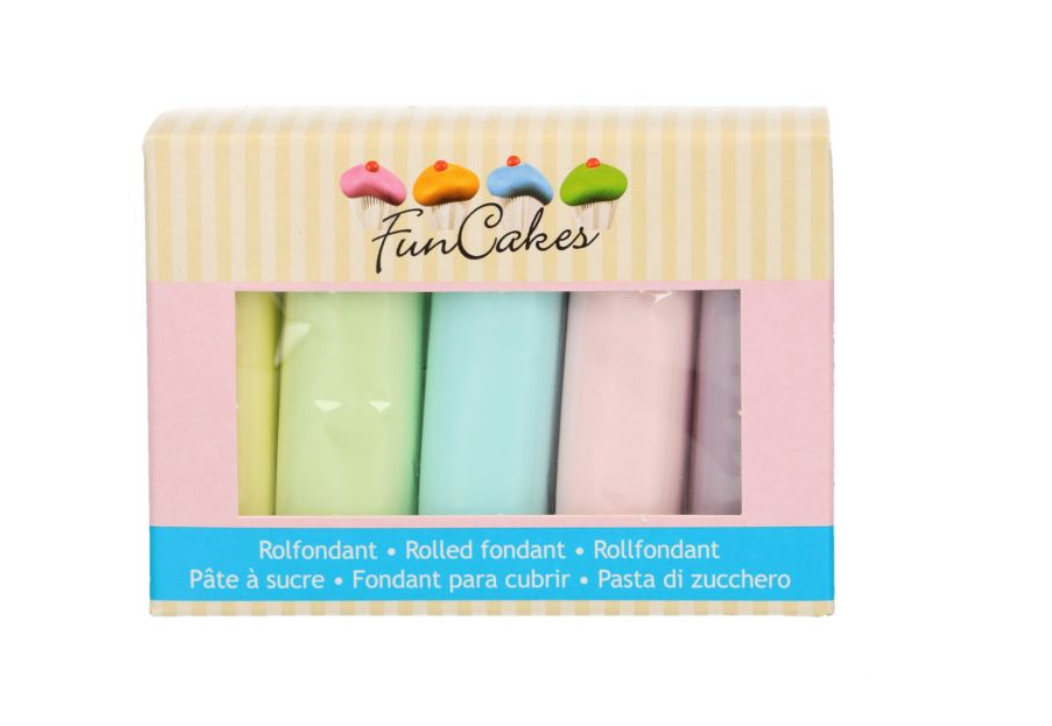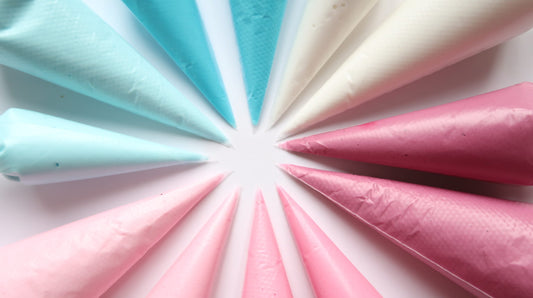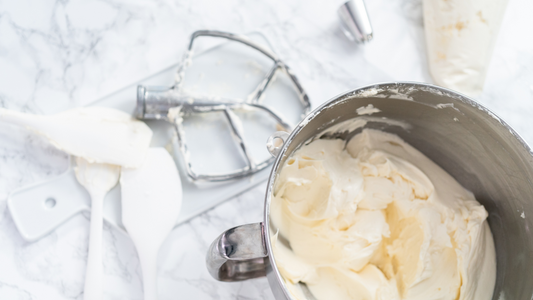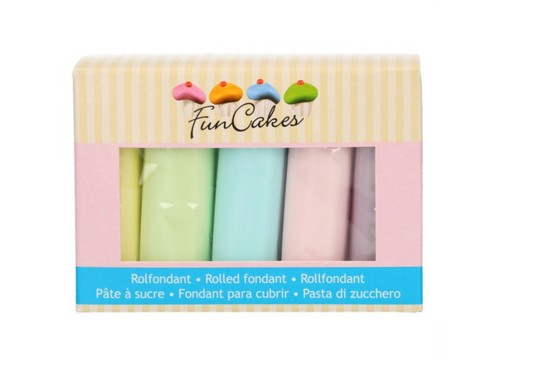The sugar-sweet baking trend
Numerous sweet baked goods have blossomed into real works of art in recent years. One thing many cakes and sculpted figures have in common is fondant. The following guide will show you what this sweet mass is made of and what types of fondant there are.
What is fondant?
Fondant is the name of a mass whose main ingredient is sugar. The name, which comes from the French language, means "melting" and thus provides a first indication of the processing and consistency of the sugar mass. In the German-speaking world, the term fondant has also become established because names such as sugar paste or sugar paste are often associated with hair removal products.
Now that this question has been answered, let's go straight to the different types of sugar masses.
Liquid fondant / melting fondant / icing
The best way to tell the difference between the different types of fondant is by the consistency. Let's start with the liquid fondant. Other common names are melting fondant or icing. This mass contains the largest proportion of liquid. 90% of this sweet mass consists of sugar, while the rest consists of water or glucose syrup. If you like to experiment with baking, you can also add coloring or flavorings to better match the liquid fondant to the baked goods. The consistency should allow you to either completely coat the baked dough or just cover one side. You should sprinkle other decorations such as sugar pearls over the still wet fondant to get better adhesion.
Rolled fondant / sugar paste / sugar paste
The best known is fondant, which can be rolled out to then cover cakes. You may know this principle from marzipan tops. While liquid fondant often has a slight sheen, rolled fondant has a matte surface. In order to get the desired consistency, the sugar mass is kneaded and rolled out several times until the fondant no longer feels sticky after being rolled out. The closed ceiling allows you to decorate wedding cakes as well as motif cakes according to your wishes. Gelatine is usually used as a binder to obtain the desired strength. If you are vegetarian or vegan, you should either make the fondant yourself or study the list of ingredients carefully.
Gumpaste is also used to work with our embossers/debossers.Gum paste / gum paste
At first glance gum paste and rolled fondant have a lot in common. The composition allows the gum paste to be rolled out very thinly without cracking. This allows flowers or leaves to be formed that are just as wafer-thin as the original. If you perfect this art, many people have to look more than once to be able to distinguish between fondant and real flowers. Due to the thinner form, the gum paste dries, which is why you should always make the decorations just a short time before the festival.
Which of your favorite flowers would you like to replicate using gum paste?modeling fondant
Figures on cakes used to be made of either chocolate or raw marzipan. Both foods are not really ideal for forming artistic creations. This is where the modeling fondant comes into play. This sugar paste has a firmer consistency than rolled fondant. Nevertheless, your hands and a little instinct are enough to form figures, fantasy creatures or motifs from nature out of the fondant. The secret of malleability goes by the name of carboxymethylcellulose, or CMC for short. This ingredient is contained, among other things, in the adhesive cream for dentures. However, CMC is fit for human consumption, so don't worry if your guests try the imaginative creations.
Dear friends, we hope we were able to bring you a little closer to the subject of fondant.



